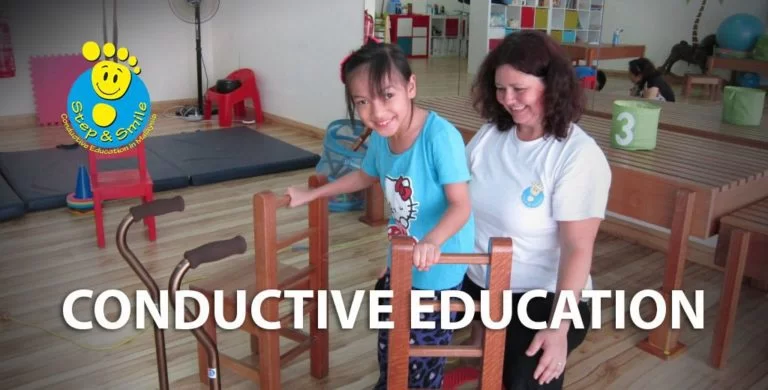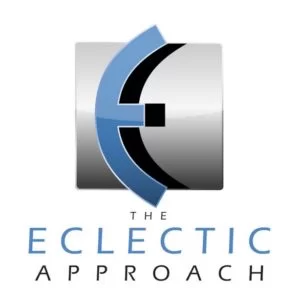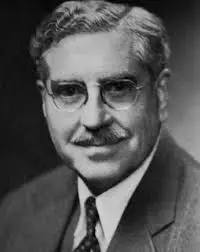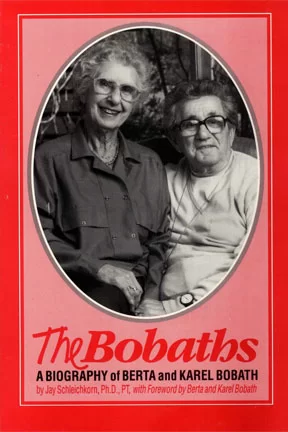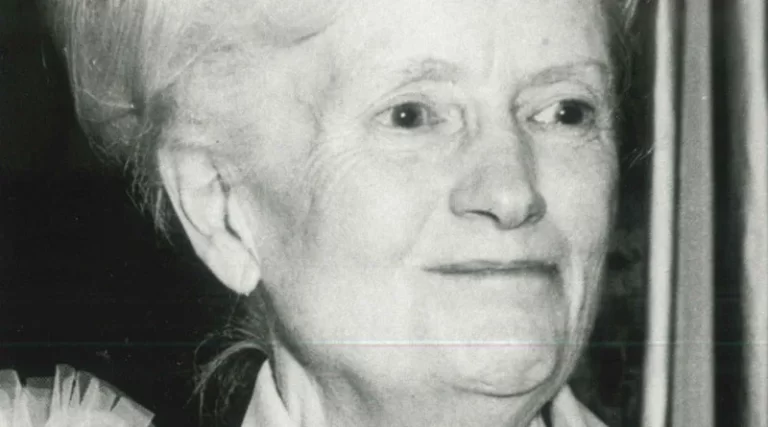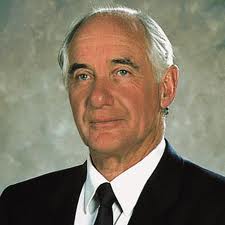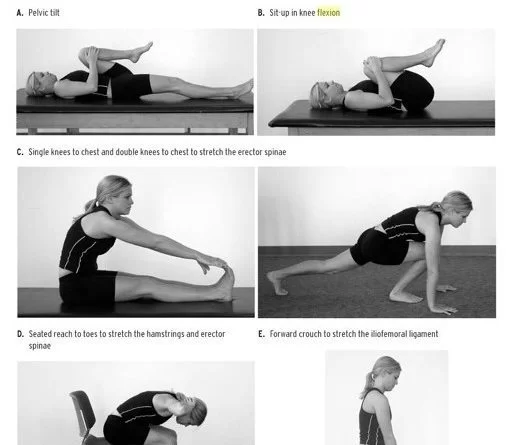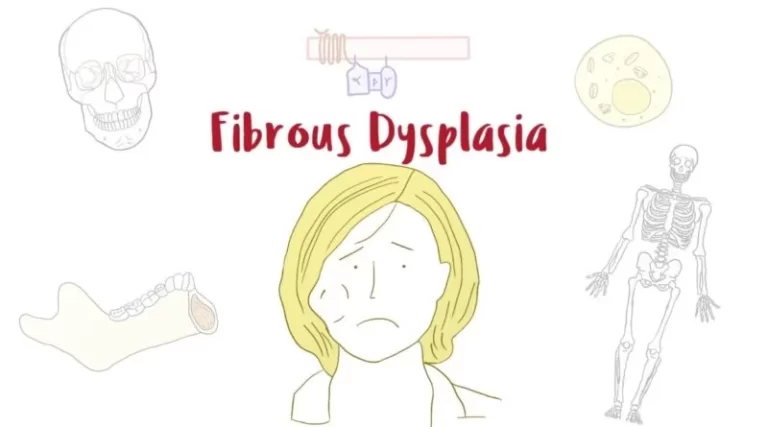Conductive Education: Neuro Rehab Technique For Special Child
Introduction What is a Conductive education? Goals of Conductive Education THERE ARE THREE CENTRAL COMPONENTS TO THE CONDUCTIVE EDUCATION SYSTEM :- {1} Task Series{2} Rhythmical Intention{3} Daily Routines Throught Group Activity TASK SERIES :- There would therefore be a task series for activities such as: > rolling over in bed> sitting on a potty> rising…

